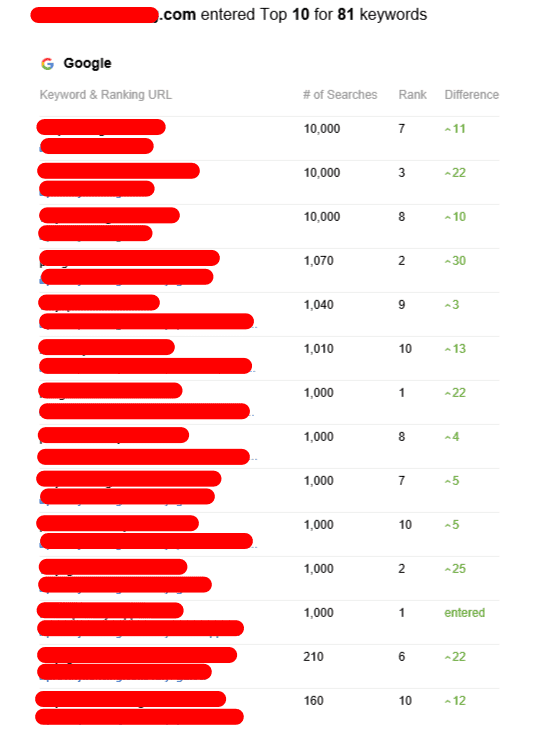Tiered Link Building
Tiered link-building is a popular SEO strategy for building backlinks that increases your website's PageRank. It is a black hat method and could result in the issuance of a Google penalty.
First-tier links are top-quality, relevant backlinks that drive a lot of PageRank to your site. They typically come through guest posts, press releases as well as social media profiles and directories.
Tier 1
Tiered link building can help you increase the authority of your website by linking to pages that rank highly on other websites. This is referred to as link juice transfer, and is a reliable method of SEO. Link building can be done through manual methods or automated tools. If you employ automation tools, it is important to follow Google's Webmaster guidelines. Otherwise, you may be in violation of the terms of service, and you could be penalized.
A first-tier backlink dofollow hyperlink that passes PageRank value from its parent site to its target website. You can obtain these links by doing link outreach and generating relevant content. You'll need links from trusted websites with a high authority in the domain. A first-tier link from Real Business, for example can be beneficial to your specific niche since it will give a significant amount of rank power to your website.
By pointing to guest blog articles from more popular websites, you can increase the authority of your domain. This is a great method to boost your rankings because it signals that you have a solid relationship with the more authoritative site. These links can be found via forums, social media and bio profile links. However, it is recommended to avoid using tier 2 backlinks on websites that offer content that is spammy.
Tier 2
Tier 2 backlinks are an excellent way to increase the performance of your existing links. These links can help improve your position on Google and bring more traffic to your site. Tier 2 backlinks are cheaper than first-tier ones. However you should build tier 2 backlinks to pages with a high domain authority. Selecting the right link building strategies will ensure that your campaign will be successful.
In the case of tier 2 backlinks, quality isn't as crucial as it is for links in the first tier. In fact, you can use links from sites with a lower domain authority so they don't appear suspicious or appear to be spammy. This includes review sites, directories and social bookmarking websites, forum links, and web 2.0 links. But, it is vital to avoid using automated tools for tier 2 backlinks, since they could be recognized by search engines.
When choosing a Tier 2 donor site it is crucial to select one with a good reputation and is associated with your subject. If you write about digital agencies, for example you should look for a website with a strong SEO profile and a large online audience. Otherwise, you might be wasting your time and money. Therefore, it is advised to select a donation site with a DR between 20 and 50 percent.
Tier 3
Typically, tier 2 links can be used to boost existing links that already have good page-level power. They're also a great way to increase the authority of a brand new blog or website that requires a boost in getting a higher rank in Google. You should be careful about how you use Tier 2 backlinks. tier 1 link building is not recommended to use tier 2 links to link directly to the money site. Instead it is better to create them from top-quality sites that have a strong domain authority.
Second-tier links can be a mix of dofollow and nonfollow links and should be sourced from authoritative, relevant websites. This includes PBNs, article directories, forum discussions and social media posts and web 2.0 websites. It is crucial to remember that you must follow Google's guidelines for creating links on this type of site.
Tier 3 backlinks are the low-quality links in your tiered link-building strategy. They're generally nofollow and do not have any link equity, but they can still increase your site's domain authority. This helps it to rank higher in search engine results, which can result in increased traffic and sales.
Tiered link building has become a popular practice with many SEO practitioners however, it's not without risk. In fact, it can be viewed as a gray-hat SEO practice that goes against Google's guidelines and could result in penalties. While it may work in certain situations but it's essential to conduct your research and select the strategy that is most effective for your business.
Risks
Tiered link building can be an unpopular choice and can harm your site's search engine optimization. Tiered links are only useful in the event that they are your sole option to boost your backlink profile, and you have enough resources to achieve this. You could end up sprinkling your site with Google and risking a penalization.

Tier links can be dangerous especially when they are used in a black-hat manner. Black-hat methods usually involve link schemes, which can be very short-lived. Eventually, either Google will recognize the scheme, or you'll become tired of maintaining on fake backlinks, and the entire thing will fall down.
The fact that tiered hyperlinks can hurt your rankings by distributing too many link juices is another issue. If you're receiving too many links from poor quality websites your rankings will drop. This happens when companies use automated tools for backlinking to create too many links.
Additionally, tiered links are difficult to monitor and track. It's essential to use a tool that allows you to see all the links on your backlink profile, so you can monitor how they are performing. Otherwise, it's easy to overlook some links and miss out on their significance. There are numerous ways to build backlinks that are legal and can have long-lasting benefits.
